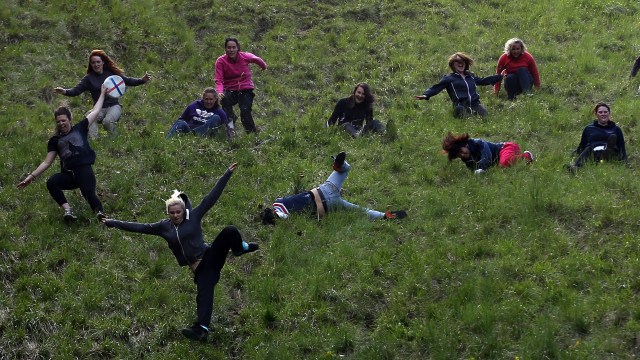What the Psychology of Human Memory Tells Us about How to Learn Better

Have you ever stayed up all night, cramming for exams, practicing two of the worst ways to study, namely, 1) consuming a large amount of information at once on a 2) lack of sleep? Me too. Wouldn’t it have been nice if we were taught not only what to study but also how to study it effectively?
A UK-based company called InnerDrive is doing just that with their initiative Studies that every teacher needs to know — finding and summarizing the most relevant research that can provide practical tips and tools for teachers to help them improve their students’ memory, mindset and behavior.
The first study InnerDrive highlights focuses on memory. It is a comprehensive paper from 2013, where researchers dug through the cognitive and educational psychology literature to find the best and worst approaches used for learning and memorizing information. The researchers evaluated 10 learning techniques that can easily be adopted by students, teachers and lifelong learners alike.
There were two techniques that came up as most effective for long-term retention of information – practice testing and distributed practice.
PRACTICE TESTING
Negative associations with testing, stemming from high-stake standardized assessments, overshadow the fact that testing is one of the best techniques to solidify knowledge. When done as a no-stakes practice, testing substantially improves recall of information at a later time. It requires learners to search their long-term memory, activate related information, retrieve and organize information, thus creating multiple pathways in the brain to facilitate later access to that information. You can do practice testing with cue cards, free recall, short-answer questions, and fill-in-the-blank questions. The format of the practice test doesn’t need to be like the one of the actual test you may have to take.
DISTRIBUTED PRACTICE
If you are going to spend 8 hours in total studying a particular material, you are much better off distributing it over several days than doing it in one long study session. You are also better off spacing your study sessions with bigger gaps in between. In one study, results surprisingly showed that the students who experienced the most intersession forgetting (because their relearning sessions were separated by 30 days) exhibited better retention of information on the final test compared to students whose learning sessions were separated by 1 day.
In the fairly effective category of learning techniques, we find elaborative interrogation and interleaved practice.
ELABORATIVE INTERROGATION
This is the often annoying habit of kids (and teachers) to keep asking “why” even after you give them an answer. This practice forces the learner to generate an explanation, instead of simply recite facts, which facilitates the integration of new information with prior knowledge. For this technique to work, however, higher prior knowledge is needed. The more the learner can process both similarities and differences between related material, the better the retaining of information.
INTERLEAVED PRACTICE
Usually students take a variety of subjects and it is common that when they practice, they do it in blocks – a separate session for each subject. While not abundant, recent research suggests that it is actually better to practice different types of material in the same block. This helps students learn to discriminate between various kinds of problems by promoting organizational processing and item-specific processing.
Finally, here are the two techniques that you probably use most, but are least effective – rereading and highlighting.
REREADING
Rereading is one of the most widely used techniques amongst students, but there haven’t been enough quality studies done to assess its effectiveness. The only available evidence is mixed and comes from correlational findings from self-reported surveys. For example, there has been found a non-significant negative association between rereading textbook chapters and exam performance and a small but positive association between rereading lecture notes and exam performance. Ultimately, rereading may help the recall of main ideas but not so much of details.
HIGHLIGHTING/UNDERLINING
(But my notes look so pretty in all these colors!) Highlighting, underlining, coloring, drawing around and marking text in general are also extremely popular amongst learners. In theory, you should be able to better recall what you have highlighted because of a basic cognitive phenomenon known as the isolation effect — you are more likely to remember information that sticks out in one way or another. However, studies show very limited positive effects of highlighting on performance, mainly because most students highlight too much or too little, and also because of worse performance related to material that wasn’t highlighted. So, if you are going to highlight anyway, put a limit of one highlighted sentence per paragraph and keep in mind that it will simultaneously help you better remember what you have highlighted and better forget what you have not.
In addition to using these study techniques, learners should also take care of their environment and physical well-being. Getting enough sleep and staying hydrated are particularly important for the brain.





